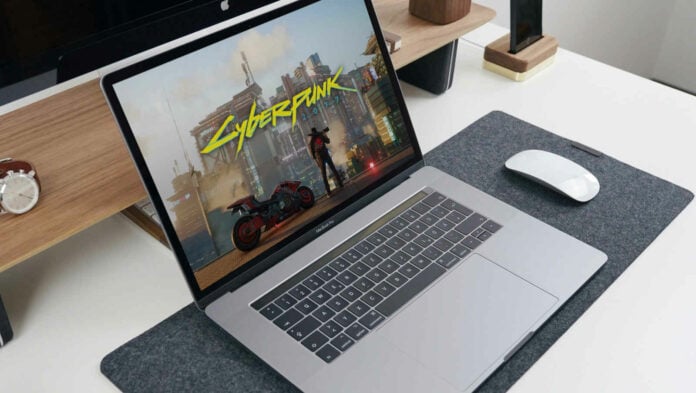Apple M-Series Mac owners can play AAA games directly on their devices using Asahi Linux. The team behind the operating system (OS) managed the impossible without any help from Apple.
Seeing the great work done by the Linux community regarding Windows apps and game compatibility, it was just a matter of time until someone did the same for Apple’s M-Series machines. That time has come as Asahi Linux’s team released an alpha version of their OS capable of natively running on M-Series chips.
Though not all titles run at great frame rates, they tend to be playable enough. The team notes that the initial target is focused on compatibility first, with optimisation taking the back seat until everything is well ironed out. You can already play Fallout 4, The Witcher 3, and Cyberpunk 2077, just don’t expect outstanding frame rates. However, if you prefer less demanding titles like Hollow Knight or Portal 2, then you’re in luck.
Since Asahi Linux runs directly on Apple devices, the team had to reverse-engineer drivers and other low-level functionalities to make the dream come true. Needless to say, Apple didn’t offer any help. That said, at least the Cupertino giant didn’t lock the bootloader from accepting alternative OSs. In other words, Apple is unlikely to block Asahi later down the line.
Before the launch of the M1 processors in 2020, users could install a second OS thanks to Bootcamp. But following Apple’s switch to homemade silicon, Windows and Linux lost driver support. Thus, the Asahi team had to create OpenGL, OpenCL, and Vulkan drivers for this hardware, among other things. Even basic functionalities such as audio take a lot of time to perfect, otherwise, some speakers may end up blown.
Funnily enough, installing Asahi Linux on a Mac is easier than doing so on a regular PC. Aside from basic questions like naming the machine, etc, you only need to type a single command line in MacOS and watch the magic happen. The result is a dual boot system that doesn’t remove your MacOS while running natively on Apple silicon. Hopefully, DRM and anti-cheat software won’t cause many issues this time around.
As you may know, while the Asahi team did a great job, they are not the only ones directly or indirectly participating. A huge community is backing the project via different means, not to forget all the previous work done on other projects that find home in Asahi Linux. A true testament to open-source community work.
If you want to give it a try, note that you will need at least a 16GB RAM machine due to the emulation overhead. Also, though installation should be smooth, you are still tempering with under-development code, so bugs may cause data corruption or loss. Think twice before proceeding.


